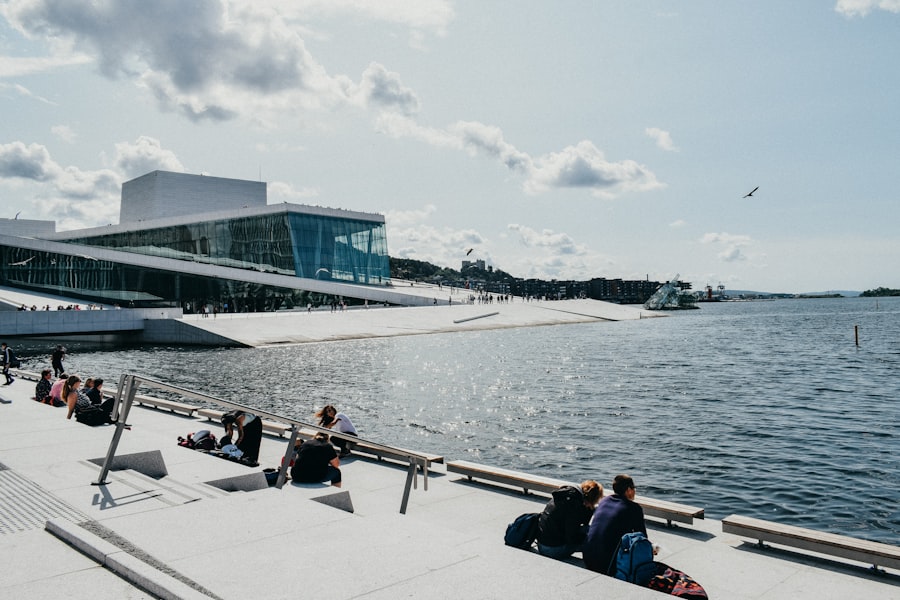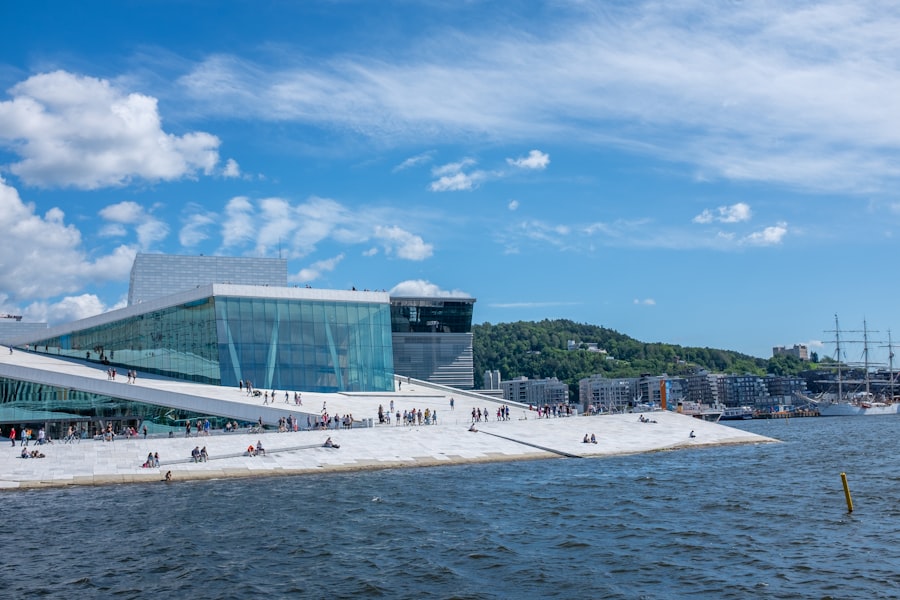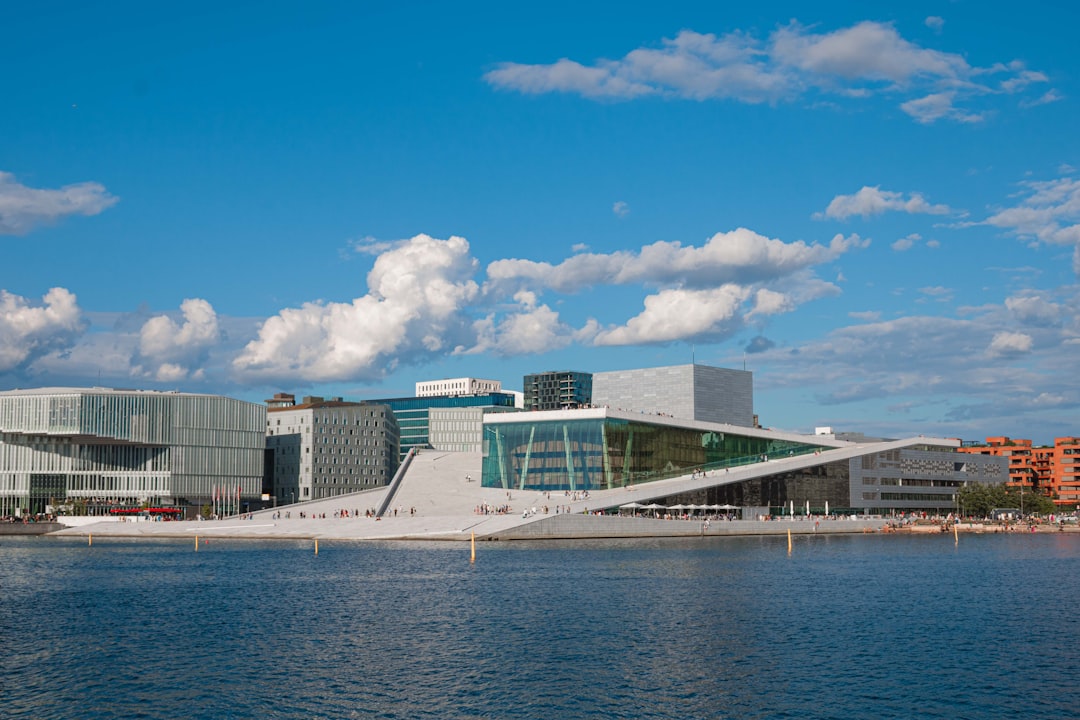Halloween, celebrated on the 31st of October, has its roots deeply embedded in ancient traditions and cultural practices. The origins of this festive occasion can be traced back to the Celtic festival of Samhain, which marked the end of the harvest season and the onset of winter. The Celts believed that on the night of Samhain, the boundary between the living and the dead was blurred, allowing spirits to roam the earth.
To ward off these wandering souls, people would light bonfires and wear costumes, a practice that has evolved into the modern-day Halloween celebrations we know today. As time progressed, Halloween absorbed various cultural influences, particularly from Christianity. The name itself is derived from “All Hallows’ Eve,” the evening before All Saints’ Day, a day dedicated to honouring saints and martyrs.
This blending of pagan and Christian traditions has given Halloween a unique cultural significance, representing a time for reflection on mortality, the supernatural, and the changing seasons. Today, Halloween is celebrated in numerous countries around the world, often characterised by trick-or-treating, costume parties, and various spooky-themed events that highlight its rich historical tapestry. Schedule a one-on-one consultation with our relocation specialists to simplify your move to Norway. https://norwayrelocation.no/one-hour-strategy-session/
Summary
- Halloween originated from the ancient Celtic festival of Samhain and has evolved into a cultural celebration with roots in Celtic and Christian traditions.
- Halloween traditions vary around the world, from trick-or-treating in the United States to the Day of the Dead in Mexico, reflecting diverse cultural customs and beliefs.
- All Saints’ Day and All Souls’ Day follow Halloween, with a focus on honouring saints and remembering the departed, blending Christian and pagan traditions.
- Diwali, the Hindu festival of lights, symbolises the victory of light over darkness and is celebrated with fireworks, sweets, and the lighting of oil lamps.
- Guy Fawkes Night, or Bonfire Night, commemorates the failed Gunpowder Plot in 1605 and is marked with bonfires, fireworks, and the burning of effigies of Guy Fawkes.
Traditions and Customs of Halloween Around the World
While Halloween is most commonly associated with the United States, its traditions and customs vary significantly across different cultures. In Mexico, for instance, the Day of the Dead (Día de los Muertos) coincides with Halloween and is a vibrant celebration honouring deceased loved ones. Families create altars adorned with photographs, flowers, and favourite foods of the departed, inviting their spirits to join in the festivities.
This celebration is marked by colourful parades and intricate sugar skulls, showcasing a unique blend of reverence and joy. In Ireland, where Halloween originated, traditional customs include “guising,” where children dress up in costumes and go door-to-door performing songs or reciting poems in exchange for treats. This practice harks back to ancient times when people would disguise themselves to avoid being recognised by malevolent spirits.
In contrast, in Japan, a more modern interpretation of Halloween has emerged, with vibrant street parties and elaborate costumes reflecting popular culture. These diverse customs illustrate how Halloween has transcended its origins to become a global phenomenon, each culture adding its own flavour to the celebration.
Transitioning from Halloween to All Saints’ Day and All Souls’ Day

As Halloween draws to a close, it seamlessly transitions into the solemn observances of All Saints’ Day and All Souls’ Day on the 1st and 2nd of November respectively. All Saints’ Day is a Christian feast day dedicated to honouring all saints, known and unknown, who have attained heaven. It serves as a reminder of the spiritual connection between the living and the deceased, encouraging believers to reflect on their faith and the lives of those who have gone before them.
All Souls’ Day follows closely behind, focusing on praying for the souls of those who have departed. In many cultures, this day is marked by visiting cemeteries, lighting candles, and offering prayers for loved ones who have passed away. The transition from Halloween’s playful spookiness to these more solemn observances highlights the duality of life and death within cultural traditions.
It serves as a poignant reminder that while we may celebrate life with joy and festivity, we must also acknowledge our connections to those who have left us.
The Festivities of Diwali and its Symbolism in Hindu Culture
Diwali, also known as the Festival of Lights, is one of the most significant celebrations in Hindu culture. This five-day festival typically falls between October and November and symbolises the victory of light over darkness and good over evil. The origins of Diwali can be traced back to various ancient legends, including the return of Lord Rama to Ayodhya after defeating the demon king Ravana.
To celebrate his return, citizens illuminated their homes with oil lamps (diyas) and set off fireworks. The festival is marked by various rituals and customs that vary across regions in India. Homes are cleaned and decorated with colourful rangoli designs made from rice flour or flower petals.
Families gather to perform prayers (puja) to deities such as Lakshmi, the goddess of wealth and prosperity. The exchange of sweets and gifts among friends and family further enhances the spirit of togetherness during this auspicious time. Diwali not only serves as a celebration of light but also as an opportunity for renewal, reflection, and gratitude for blessings received throughout the year.
Bonfire Night: The History and Traditions of Guy Fawkes Night
Bonfire Night, also known as Guy Fawkes Night, is celebrated in the United Kingdom on the 5th of November each year. This event commemorates the foiling of the Gunpowder Plot in 1605 when Guy Fawkes attempted to blow up the Houses of Parliament in an effort to assassinate King James
Traditionally, effigies of Guy Fawkes are created and burned on bonfires as part of the festivities. Communities come together to enjoy fireworks displays while indulging in seasonal treats such as toffee apples and parkin cake. The night is not only a celebration of thwarted treason but also an opportunity for social gatherings and community spirit.
Bonfire Night serves as a reminder of historical events that shaped British society while fostering a sense of unity among those who partake in its celebrations.
The Meaning and Traditions of Thanksgiving in the United States

Thanksgiving is a cherished holiday in the United States celebrated on the fourth Thursday in November. Its origins date back to 1621 when English Pilgrims shared a harvest feast with Native Americans in gratitude for their assistance during their first year in America. This act of sharing food has evolved into a national holiday centred around gratitude, family gatherings, and feasting.
Traditionally, Thanksgiving meals feature turkey as the centrepiece alongside an array of side dishes such as stuffing, cranberry sauce, mashed potatoes, and pumpkin pie. Families often take time to express their gratitude for one another and reflect on their blessings before indulging in their meal. Parades and football games are also integral parts of Thanksgiving celebrations, showcasing a sense of community spirit that resonates throughout the country.
This holiday serves as a reminder to appreciate what we have while fostering connections with loved ones.
The Festive Season of Advent and its Importance in Christian Tradition
Advent marks the beginning of the Christian liturgical year and is observed during the four weeks leading up to Christmas. This period is characterised by anticipation and preparation for celebrating the birth of Jesus Christ. Advent begins on Sunday closest to November 30th (St Andrew’s Day) and serves as a time for reflection, prayer, and spiritual renewal.
During Advent, many Christians engage in various traditions such as lighting candles on an Advent wreath or using Advent calendars to count down the days until Christmas. Each candle represents hope, peace, joy, and love—qualities that are central to the Christmas message. Churches often hold special services during this time to encourage congregants to prepare their hearts for Christ’s coming.
Advent serves not only as a countdown to Christmas but also as an opportunity for believers to deepen their faith through contemplation and community worship.
The Celebration of Hanukkah: A Guide to the Jewish Festival of Lights
Hanukkah, also known as the Festival of Lights, is an eight-day Jewish celebration that usually falls in December. It commemorates the rededication of the Second Temple in Jerusalem following the Maccabean Revolt against Greek-Syrian oppression in 165 BCE. The miracle of Hanukkah lies in the story of a small amount of oil lasting eight days when it should have only lasted one—a symbol of hope and resilience.
The festival is marked by lighting candles on a menorah each night, with an additional candle added each evening until all eight are lit on the final night. Families gather to recite prayers, sing songs, and play games such as dreidel while enjoying traditional foods like latkes (potato pancakes) and sufganiyot (jelly-filled doughnuts). Hanukkah serves as a reminder of faith’s power against adversity while fostering a sense of community among Jewish families worldwide.
The Winter Solstice and its Cultural Significance in Various Traditions
The Winter Solstice occurs around December 21st or 22nd each year when daylight is at its shortest point in the Northern Hemisphere. This astronomical event has been celebrated by various cultures throughout history as a time of rebirth and renewal. Many ancient civilisations held festivals during this time to honour deities associated with light and fertility.
In ancient Rome, Saturnalia was celebrated during this period with feasting, gift-giving, and merriment as a way to honour Saturn, the god of agriculture. Similarly, many Indigenous cultures around the world celebrate solstice rituals that focus on gratitude for nature’s cycles and renewal for the coming year. The Winter Solstice serves as a reminder that even in darkness, light will return—a theme echoed across numerous cultural traditions that celebrate hope amidst adversity.
Christmas Traditions Around the World: From Santa Claus to Nativity Scenes
Christmas is celebrated globally on December 25th as both a religious holiday commemorating Jesus Christ’s birth and a secular festival filled with joy and merriment. Various traditions have emerged over time that reflect local customs while sharing common themes of generosity and goodwill. In many Western countries, Santa Claus has become an iconic figure associated with gift-giving during this festive season.
In contrast to Santa’s jolly persona are nativity scenes depicting Jesus’ birth in Bethlehem—a tradition rooted deeply within Christian faith. Countries such as Italy celebrate Christmas with elaborate displays known as “presepi,” showcasing intricate scenes that depict not only Jesus’ birth but also local culture through various figures representing everyday life. Christmas markets filled with festive foods and handcrafted gifts further enhance this season’s spirit across Europe while fostering community connections through shared experiences.
‘Julaften’ and Other Winter Solstice Celebrations in Scandinavian Culture
In Scandinavian culture, ‘Julaften,’ or Christmas Eve, holds significant importance as families gather to celebrate together before Christmas Day arrives. Traditionally observed on December 24th, Julaften includes festive meals featuring dishes such as roast pork or duck accompanied by various side dishes like red cabbage or potato casserole—a culinary reflection of regional flavours. In addition to Julaften celebrations are other winter solstice traditions that highlight nature’s cycles within Scandinavian culture—such as St Lucia’s Day on December 13th when young girls dress in white robes adorned with wreaths of candles symbolising light amidst darkness during winter months.
These celebrations serve not only as festive occasions but also as opportunities for families to connect with their heritage while embracing seasonal changes that shape their lives throughout winter months. In conclusion, these diverse celebrations around Halloween, Diwali, Thanksgiving, Advent, Hanukkah, Christmas traditions across cultures showcase humanity’s shared desire for connection—whether through remembrance or joy—while highlighting unique cultural practices that enrich our understanding of one another’s histories throughout time!
Register for a Norwegian class at the NLS Norwegian Language School now!

